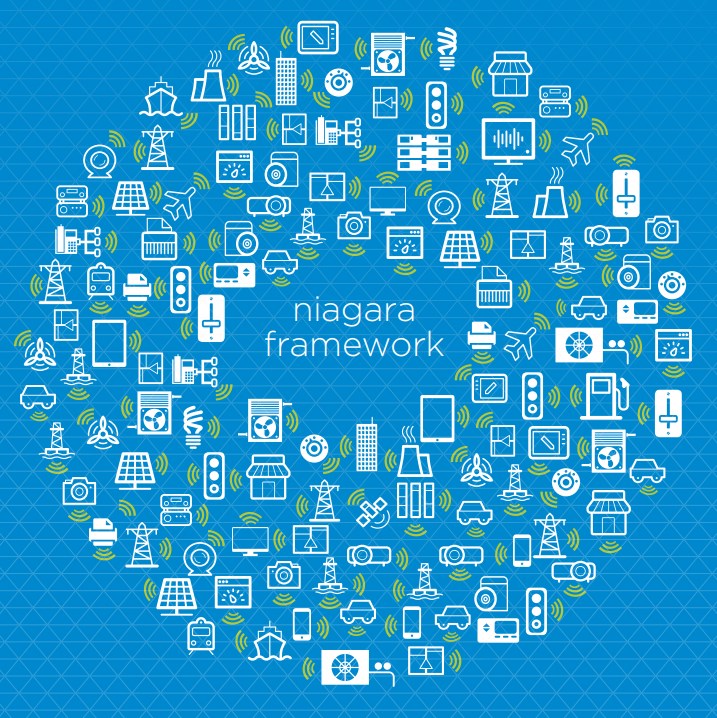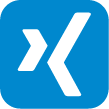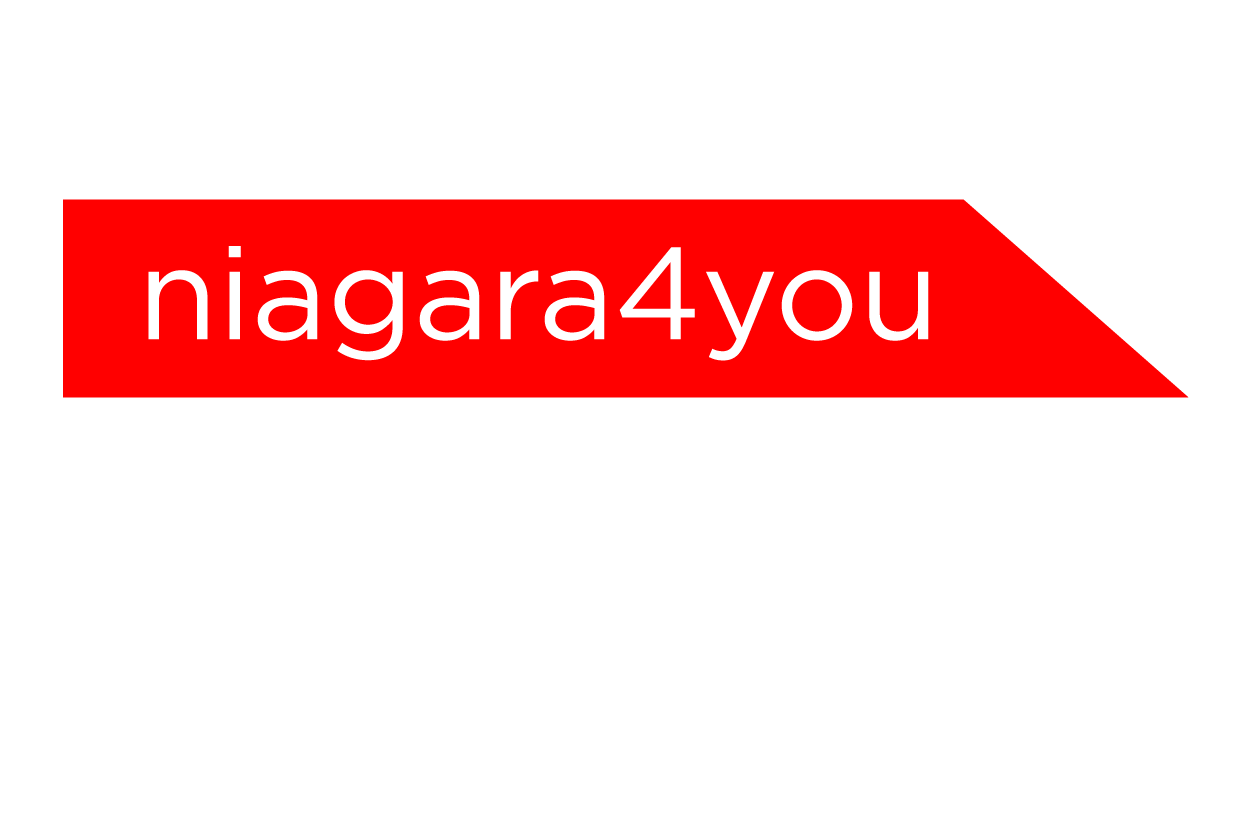Niagara 4
Niagara 4 is based on the Niagara Framework in a new way. It is less dependent on browser plug-ins and is faster and easier to use. End users can directly access, analyze and act on a wide range of operational data. As an open framework, Niagara 4 offers a number of notable enhancements that enable organizations to make the most of the Internet of Things, including enhanced visualization and new search, security and navigation tools.
Niagara 4.4 with analytics is the latest version of Tridium's flagship IoT software platform. Niagara 4.4 builds on the significant innovations of Niagara 4.3 and offers new features and enhancements that users have come to expect, including:
- Single Sign On (SSO) using SAML 2.0
- New HTML5 scheduler and alarm console
- Updated Haystack dictionary
- Performance improvements
- Legacy JACE® stability improvements
- Updated analysis functions


Niagara 4.12 is now available!
Niagara 4.12 is now available! This update to the software is designed to drive customer success in smart building and IoT deployments. It also offers exciting new features that further enhance Niagara's key features such as visualization, rapid deployment, security, edge, connectivity, certification and IT compliance.
Niagara 4.12 Features Overview
Error: no data found!

Niagara 4 Features
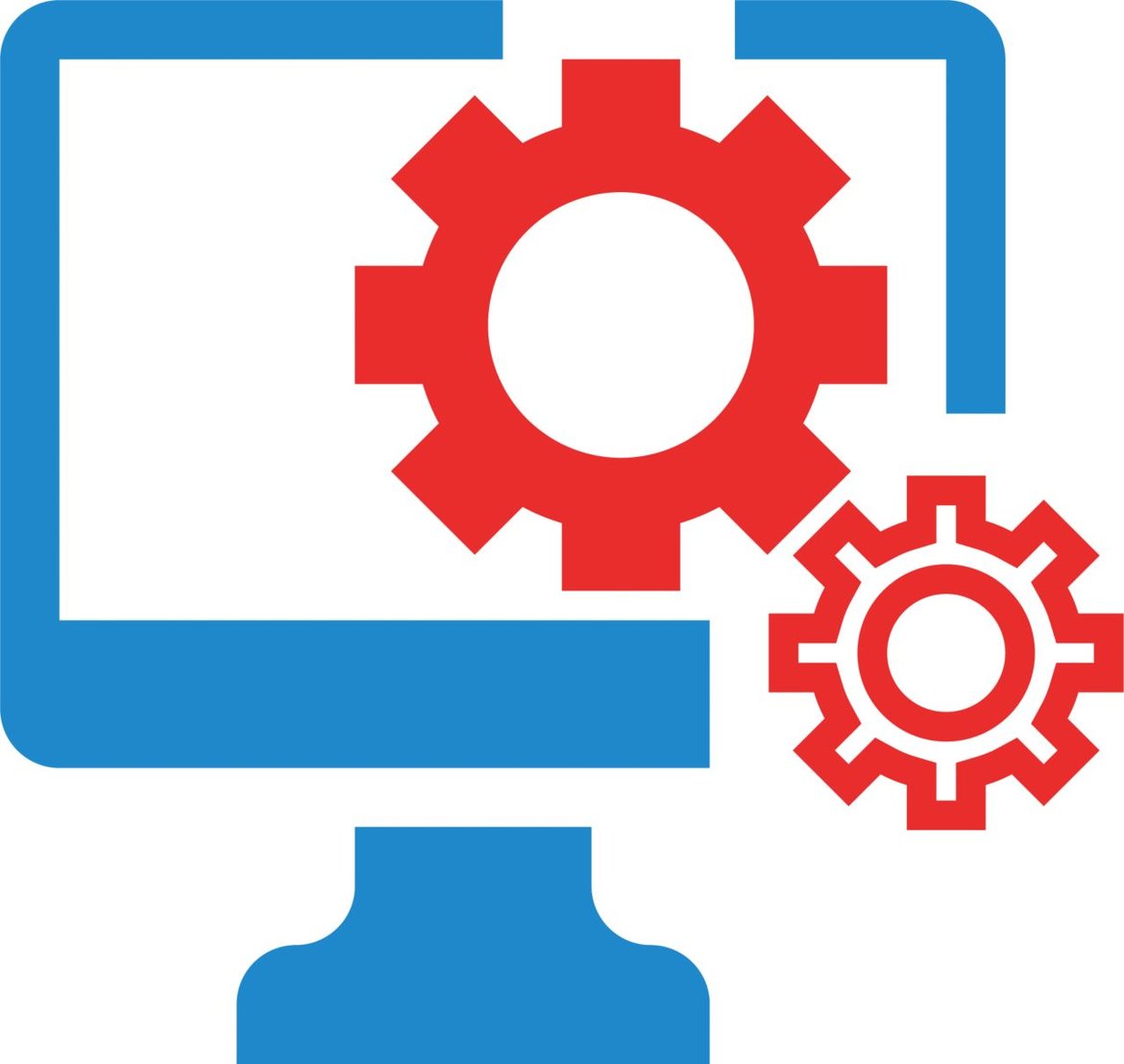
Visualization & analytics
The custom UI you design to provide relevant data to end users has a major impact on project success. To support efficient UI development, Niagara not only offers the visualization enhancements of the HTML5 standard, but also supports tag-based graphics. The Niagara Analytics package is natively included in Niagara Supervisor and provides data sources, functional and mathematical programming blocks that enable sophisticated analytical algorithms.

Cyber defense
Tridium proactively protects the data collected, stored and provided by Niagara Framework. We make security settings configurable so that all Niagara instances can be customized to adhere to corporate security policies related to user account management, Public Key Infrastructure (PKI) and Lightweight Directory Access Protocol (LDAP) integration, password expiration policies, and more. We make cybersecurity visible through the Niagara Security Dashboard, a centralized, easy-to-read and actionable view of the security posture of your entire Niagara infrastructure. Niagara now also enforces third-party signing of modules, automatically eliminating the risk that modules have been tampered with or come from an untrusted source.

Intelligent Edge
The trend today is for monitoring controllers, such as the Niagara Supervisor, to distribute more control and management tasks to intelligent edge devices. You can better optimize the performance of specific devices and subsystems when you can use edge devices to collect and analyze operational data with finer granularity, in larger volumes and over longer periods of time. Today, Niagara Supervisor works seamlessly with the Niagara Edge 10, which comes with embedded Niagara Framework software/firmware along with the powerful deterministic ACE engine. Our goal is to bring the power of the Niagara Framework to even more Edge devices. Today there are a multitude of third party vendors offering controllers 'Powered by Niagara'.
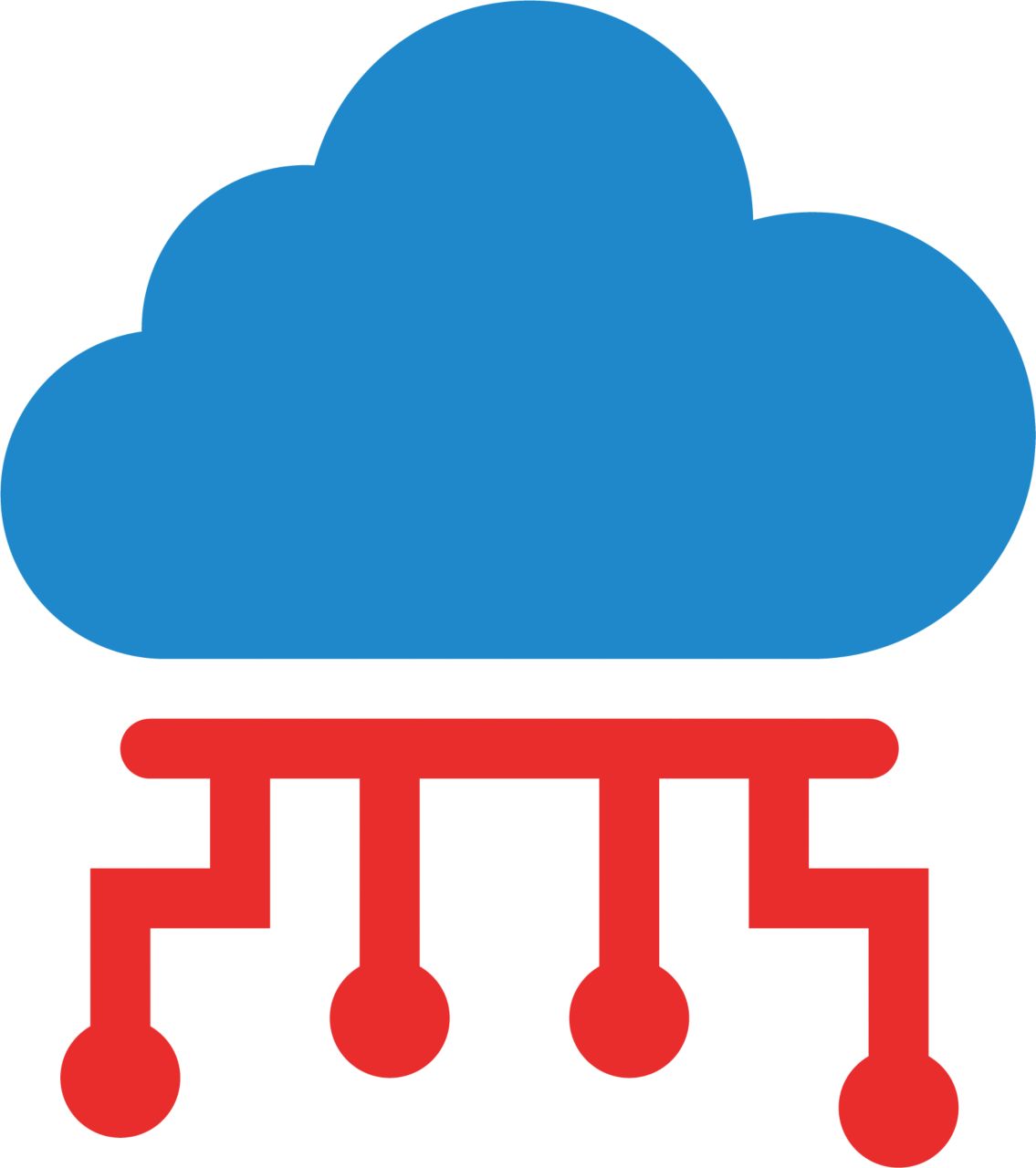
Connectivity & Cloud
Business leaders and building owners/operators are increasingly recognizing how valuable their operational data is when it comes to achieving outcomes such as increased comfort, productivity and energy savings. To make the most of it, they need to integrate building automation system (BAS) data and other environmental data collected by sensors into their business systems and applications. With its large collection of drivers developed by Tridium and third-party vendors, the Niagara framework is one of the most secure ways to achieve data interoperability with other applications and databases.
Niagara drivers and APIs are available to integrate with the most popular work order management and operational data analysis packages.
The Niagara MQTT driver now supports easy integration with public clouds such as AWS (Amazon Web Services) and Google Cloud. And Tridium's JSON toolkit makes it easy to create customized messages in the formats required for cloud communication.

Certification & Conformity
Tridium works with the building automation industry standards body BACnet® to test and certify Niagara configurations. For example, Niagara 4 versions of the Niagara Framework and the underlying JACE hardware are BACnet Advanced Workstation (B-AWS) and BACnet Building Controller (B-BC) compliant.
Niagara Supervisor, JACE devices and Niagara Edge 10 controllers are accredited under the Federal Risk Management Framework (RMF) for use by the U.S. government and military.
Among cybersecurity certifications, Niagara Framework has achieved FIPS 140-2 Level 1 compliance - an essential certification for mission-critical and highly regulated contexts such as banking/finance and government/military work. IT administrators also require that devices connected to their corporate networks are 802.1X compliant. JACE® 8000 and Niagara Edge 10 are now compliant with this IEEE standard for network authentication.
Niagara 4 key features
- Modern UX framework and design language (HTML5)
- Easy customization of dashboards
- Advanced diagram and visualization functions
- Data labeling (tagging)
- Tag-based navigation
- Device templates
- Data cleansing functions
- Cross-station search methods
- Workbench workflow improvements
- Role-based access control (RBAC)
- Pluggable Authentication Service (PAS)
- Improved user interface for developers (BajaScript 2.0)
- Templates for stations
- Migration tool (Niagara AX to Niagara 4)
For more information, you can find Niagara 4 brochures in the download area.


Error: no data found!
Niagara Framework
Software frameworks provide a platform that enables companies to create their end product offerings more easily. The patented Niagara framework aims to solve the challenges of managing different smart devices, unifying their data and connecting them to enterprise applications. Examples of smart devices include: Monitoring and control systems, sensors, measurement systems and embedded controllers in packaged equipment systems.
Framework, n. something consisting of interconnected and unified parts; a structural framework; a basic structure (of ideas); in object-oriented programming, a reusable basic design structure consisting of abstract and concrete classes that helps in building applications.

